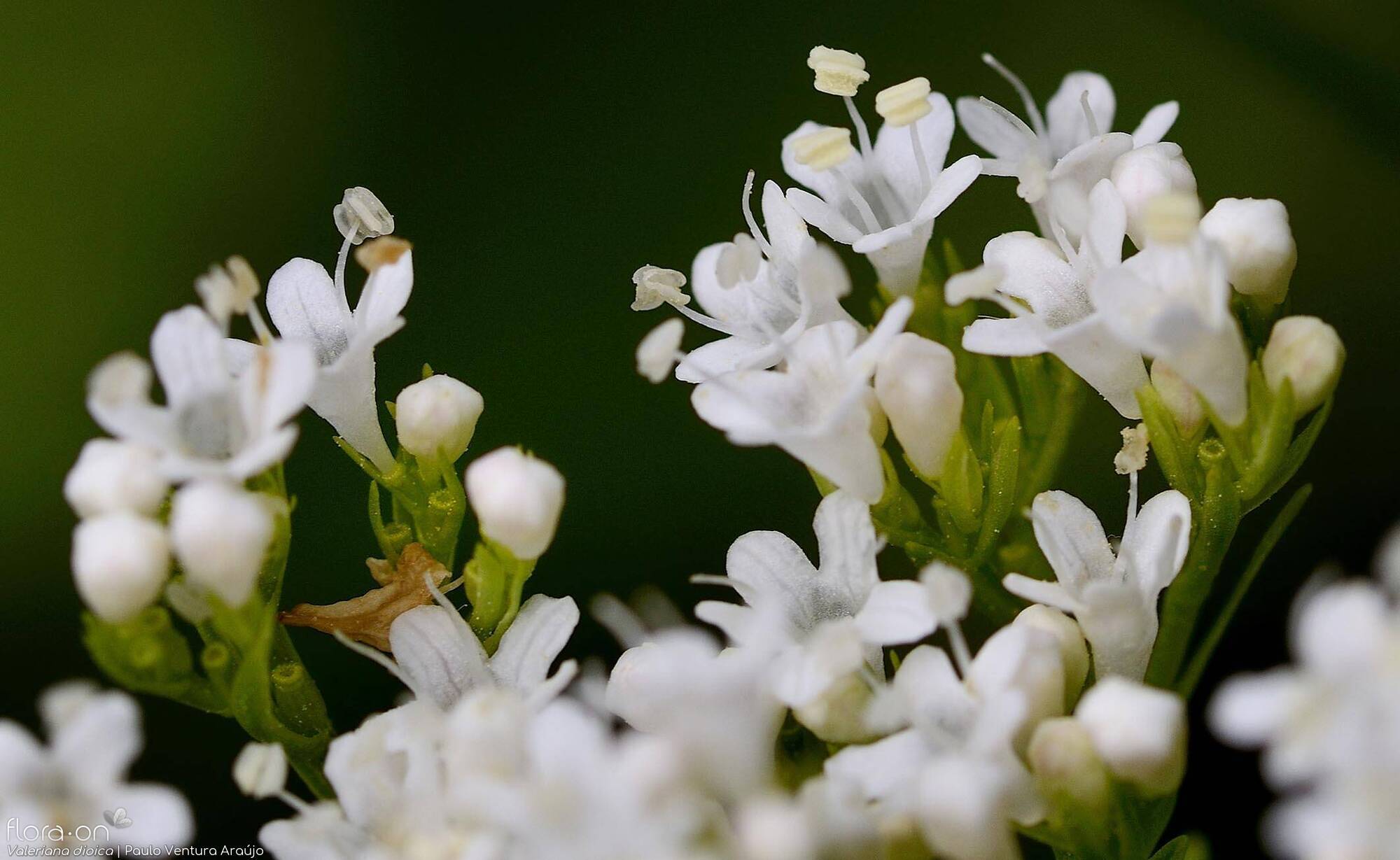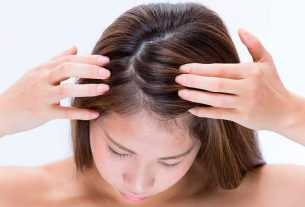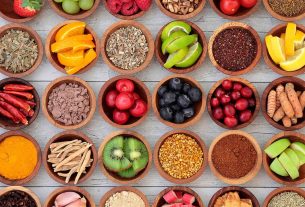Having valerian as an ally to reduce the tension of your routine can be very useful. Check out the main characteristics of the plant below.
According to the World Health Organization (WHO), around 19 million Brazilians are affected by the emotional disorder of anxiety. Therefore, some treatments can help alleviate it, such as the ancient practice of using valerian.
Anxiety is a sensation that occurs naturally and is produced by the human body. Therefore, our nervous system reacts in moments of tension or risk, protecting us from danger. This phenomenon is fundamental to keeping us in order and alert.
However, in some cases, anxiety spikes result in crises, which are very harmful. These crises can become frequent and require interventions. Therefore, valerian, which has calming properties, becomes a good natural treatment option. But, after all, what is valerian, what is it for and how to use this plant also known as catnip?
What is valerian?
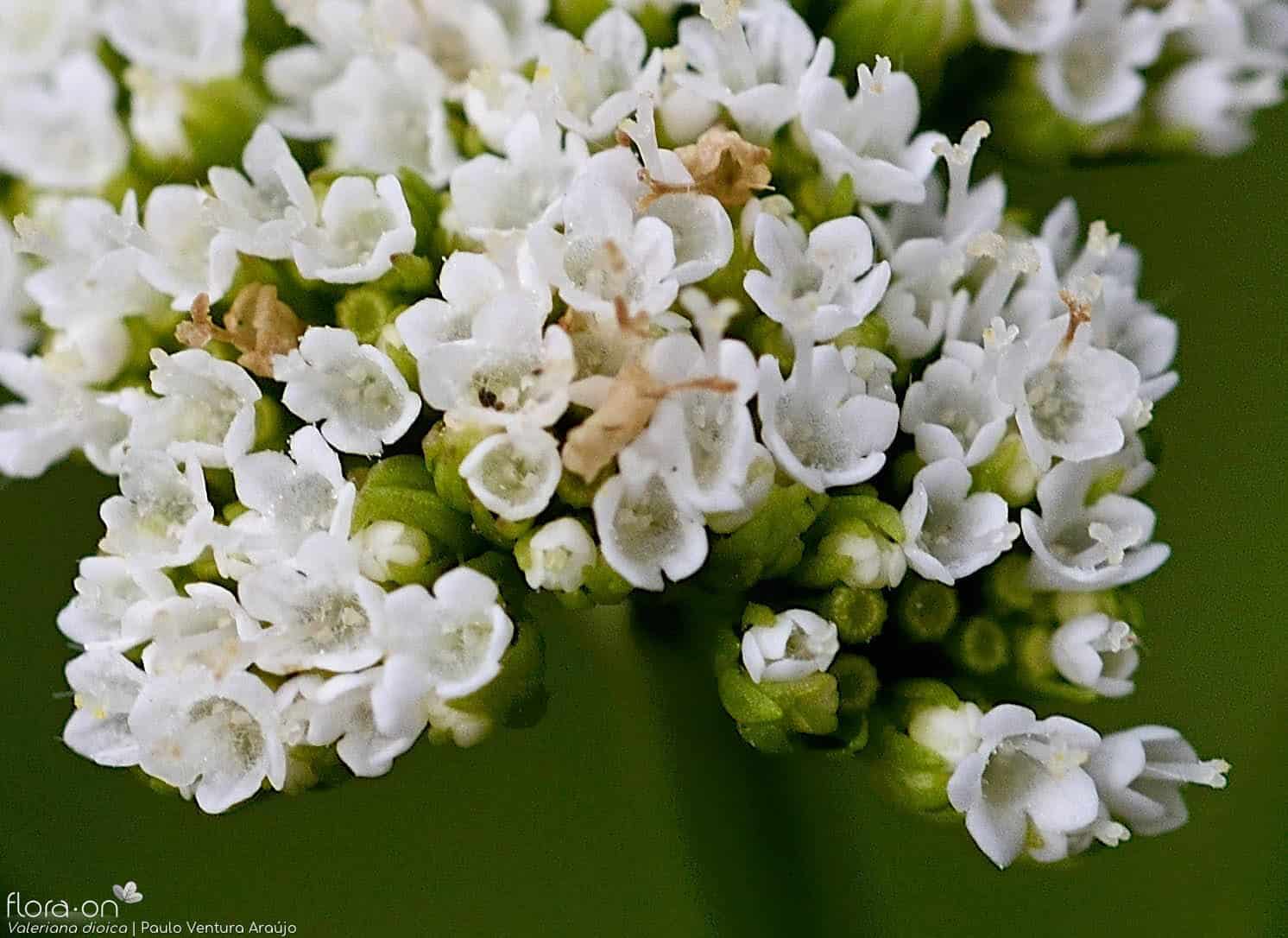
In principle, valerian is an ancient medicinal plant, of the species Valeriana officinalis. It has pink or white flowers and is also known as wild valerian. The plant is located in the northern hemisphere, with its origins in Europe, South America and Africa.
However, only recently did the plant gain approval from doctors and the scientific community. So, valerian is rich in valerenic and isovaleric acids and its effectiveness as a herbal medicine has already been proven.
In this sense, its tranquilizing properties can be very useful for various discomforts. However, it is worth noting that medical monitoring is essential when using valerian. So that we can enjoy all the benefits of this treatment. Let’s find out what these benefits are, after all?
Valerian: what is it for?
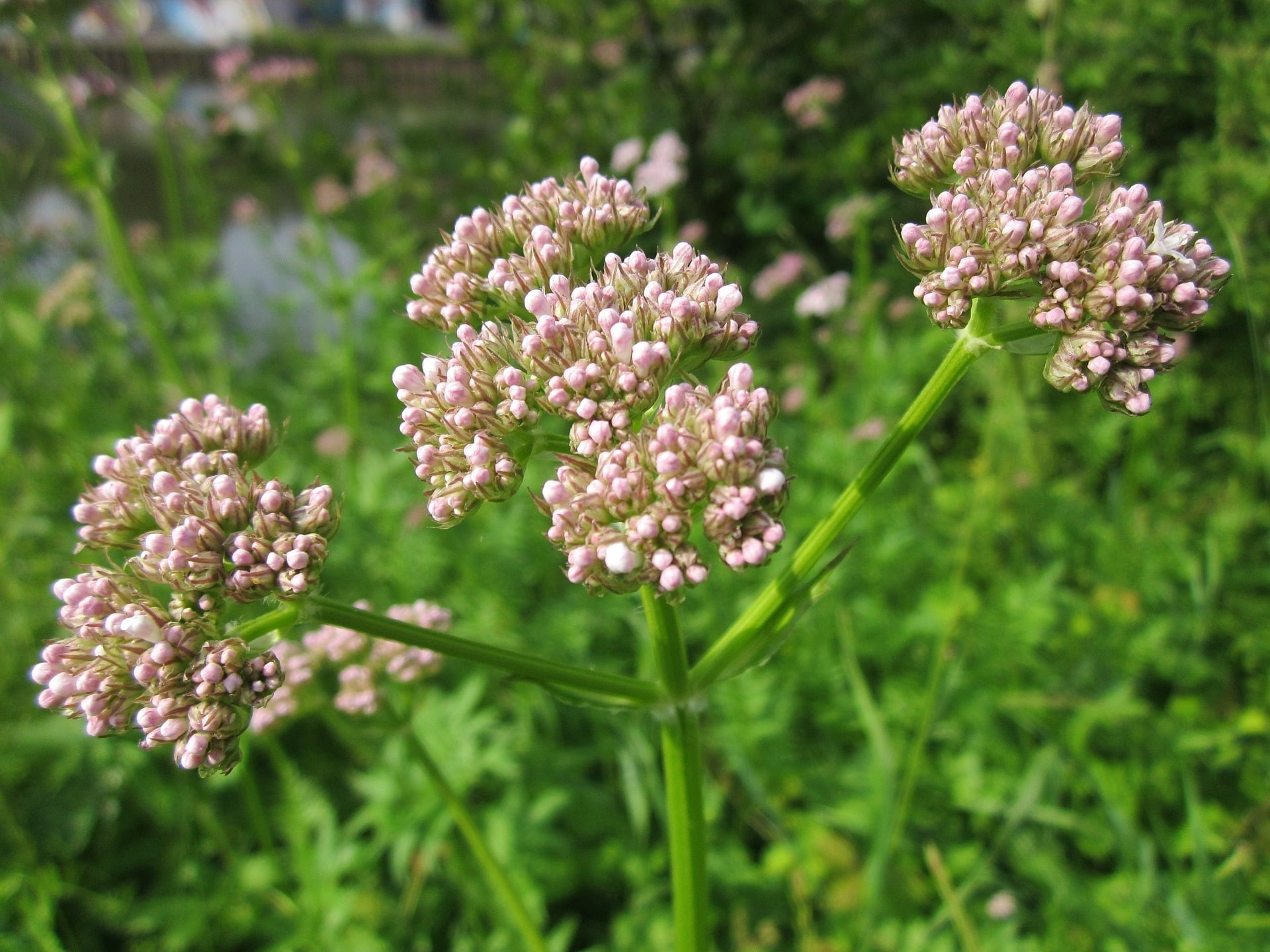
We have already discovered what valerian is, now what is it for? Anyway, the uses are many. From anxiety regulator, for example, to insomnia control. Below we will discover which are the main applications used over time. Let’s go?
1. Reduce anxiety
As previously mentioned, the main function of valerian is to combat anxiety and stress. For example, the plant’s tea has sedative properties. Above all, these properties can stimulate the activity of neurotransmitters in the brain. So, the feeling of relaxation and decreased agitation are noticeable for our body. Incredible, isn’t it?
2. Relieve menstrual cramps and PMS symptoms
Also, you know that day when we wake up feeling extreme discomfort caused by our period? Valerian can help. This is because the plant has anti-inflammatory and spasmolytic properties. In other words, it reduces the discomfort caused by cramps and inhibits the production of prostaglandins.
Likewise, as already mentioned, valerian has the ability to increase the activity of neurotransmitters. In this way, they act sedatively on the body. Thus, they alleviate the symptoms of stress and bad mood. This is a great option for those who need to cool down, right?
3. End insomnia
Above all, there is nothing worse than a bad night’s sleep, right? However, the sedative properties of valerian can help you. Since they have the ability to reduce the restlessness that accompanies insomnia. Therefore, the calming action of the plant improves sleep disorders. It’s a way to say goodbye to sleepless nights.
How to use valerian?
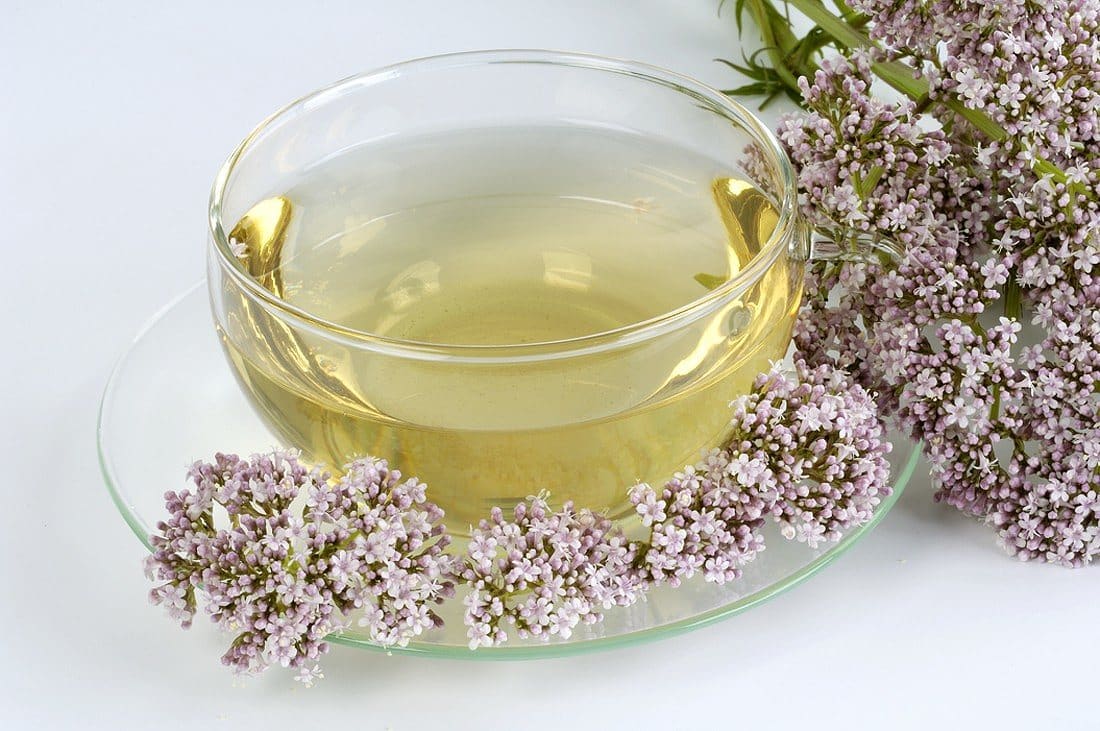
After understanding what valerian is for, do you know how to use it? You can occasionally find valerian in health food stores and compounding pharmacies. In this sense, there are two main ways to use it: through teas, for milder cases, or tablets. This is due to the fact that, generally, the used part of the plant is the root.
Firstly, the tea must be made, preferably, with the dried roots of the plant. It is recommended to consume up to twice a day. Secondly, pills can, in general, be used two to three times in the same day. Whereas, in the case of insomnia, it is customary to take a pill thirty minutes before going to sleep.
Side effects and contraindications
Finally, like everything in life, too much valerian can also cause side effects. In summary, these include: tremors, tiredness, agitation, headache, vertigo and delirium. Therefore, medical supervision during use is always extremely important.
Likewise, there are contraindications in some cases. In short, pregnant women and breastfeeding women are among them. As well as children under three years of age and people with sensitivity to Valeriana officinalis too.
So, what did you think of this article? If you liked it, check out also: Teas for anxiety
References
RACHEL, David. Integrative Medicine. 4 ed. Elsevier, 2018. 50-78.
PHARMACOLOGICAL REVIEWS. Botanicals and Their Bioactive Phytochemicals for Women’s Health. Available at:
PLUSHNER, S. L. Valerian: Valeriana officinalis. Am J Health Syst Pharm. 57. 4; 328-335, 2000
BENT, Stephen; et al. Valerian for sleep: a systematic review and meta-analysis. Am J Med. 119. 12; 1005-12, 2006
SALTER, Shanah; BROWNIE, Sonya. Treating primary insomnia – the efficacy of valerian and hops. Aust Fam Physician. 39. 6; 433-7, 2010
ANDREATINI, Roberto; et al. Effect of valepotriates (valerian extract) in generalized anxiety disorder: a randomized placebo-controlled pilot study. Phytother Res. 16. 7; 650-4, 2002
PAKSERESHT, Siroos; BOOSTANI, Hatam; SAYYAH, Mehdi. Extract of valerian root (Valeriana officinalis L.) vs. placebo in treatment of obsessive-compulsive disorder: a randomized double-blind study. J Complement Integr Med. 8. 1; 1-11, 2011
GROMBALL, Jürgen; et al. Hyperactivity, concentration difficulties and impulsiveness improve during seven weeks’ treatment with valerian root and lemon balm extracts in primary school children. Phytomedicine. 21. 8-9; 1098-103, 2014
FERNÁNDEZ, Sebastián; et al. Sedative and sleep-enhancing properties of linarin, a flavonoid-isolated from Valeriana officinalis. Pharmacology Biochemistry and Behavior. 77. 2; 399-404, 2004
MIRABIA, Parvaneh; MOJAB, Faraz. The Effects of Valerian Root on Hot Flashes in Menopausal Women. Iran J Pharm Res. 12. 1; 217–222, 2013
MOGHADAM, Zahra Behboodi; et al. The effect of Valerian root extract on the severity of pre menstrual syndrome symptoms. J Tradit Complement Med. 6. 3; 309–315, 2016

Sign up for our newsletter and stay up to date with exclusive news
that can transform your routine!
Warning: Undefined array key "title" in /home/storelat/public_html/wp-content/plugins/link-whisper-premium/templates/frontend/related-posts.php on line 12
Warning: Undefined array key "title_tag" in /home/storelat/public_html/wp-content/plugins/link-whisper-premium/templates/frontend/related-posts.php on line 13

